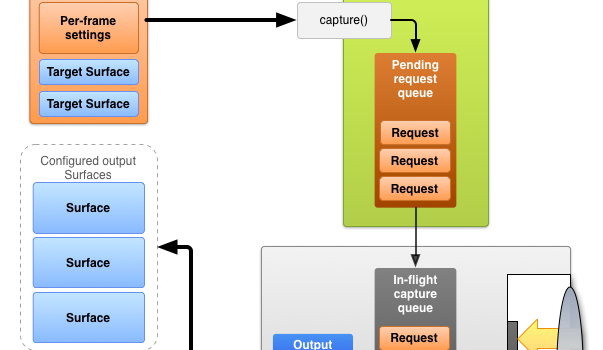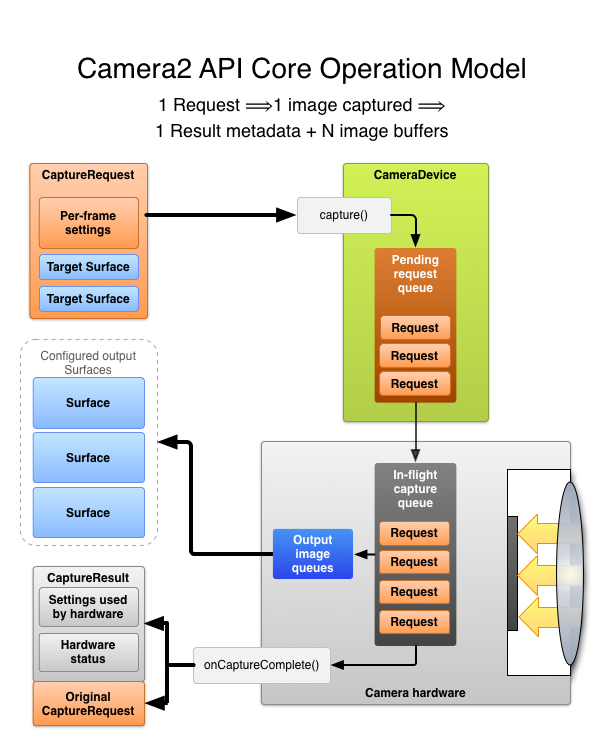Quick Note: Android Camera2 and Support For External ISPs
While we've written about Android's Camera2 API before, there was one notable aspect of the discussion that was missing. The missing piece was a discussion of the physical link needed to enable all of the controls that were previously discussed. This isn't necessarily complicated, but it does represent a potential pitfall for updates to current devices. In short, the current protocols for using an external ISP provide insufficient bandwidth to support the full feature set needed for the new camera API.
This means that some of the interesting features, such as per-frame controls are impossible to enable. As a result, many devices that we've evaluated before such as the Galaxy S4 Snapdragon, Motorola Moto X (2013), HTC One (M7), and One (M8) won't support per-frame controls and similarly bandwidth-heavy features. The Galaxy Note 3, S5, S4 Exynos, Note 4, and all Nexus device should support the full set of features in camera2 as they seem to only use an on-die ISP.
To understand why this is, we must understand the protocol that is used for communication. Today, the de facto standard for interfacing between the AP (application processor), ISP, and camera is MIPI's CSI protocol. By and large, CSI-1 and CSI-2 are the most common iterations of this protocol. While the transport protocol (D-PHY) that actually carries the images has immense amounts of bandwidth (up to 10 Gbps), the control protocol defined has almost no bandwidth in comparison. Instead, the control protocol relies on fast-mode i2c, which can only provide 400 kbit/s of bandwidth.
While this may be an issue now, it seems that in the future this won't be an issue. According to Arrow Devices, the MIPI CSI-3 protocol merges control and transport protocols into a single M-PHY bus for up to 18.6 Gbps of bandwidth. It's likely that the demand for 4K60 video and 20+ megapixel burst mode functionality will drive adoption of this newer protocol. However, even now the disclosure of such protocols is rare, so it's hard to say whether we'll see widespread adoption of CSI-3 any time soon.


